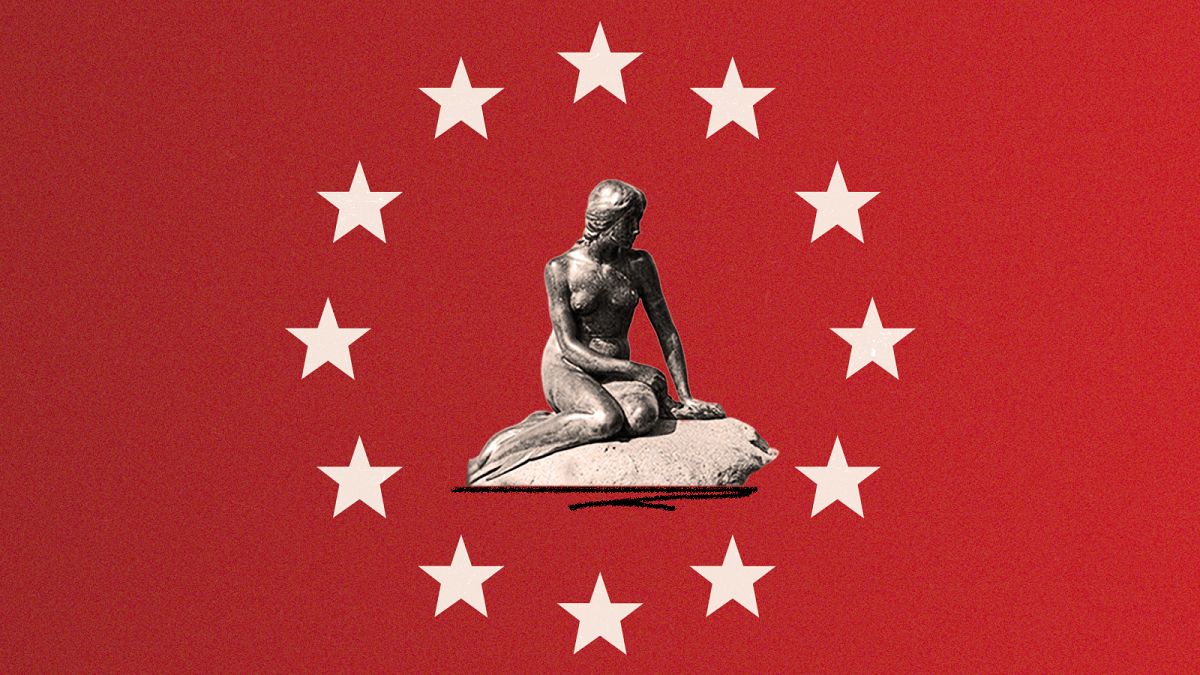Auckland’s emergency response teams are preparing for the realities of climate change, considering potentially life saving options such as leaving air conditioned libraries open for longer during heatwaves.
But when it comes to stopping climate change from getting worse, figures show our biggest city is way off target.
Aidan Milner, a hazard and warning adviser at Auckland Emergency Management, says heat has not always been top of mind for civil defence organisations, but that has changed.
He is part of a national heat reference group including scientists, the Ministry of Health and emergency managers.
“Heat is a novel hazard for the emergency management sector because we’ve traditionally focused on the likes of geohazards and utility failure but we’ve really started to realise that maybe heat is going to be a bigger problem than we anticipated here in New Zealand.”
One study Auckland Council commissioned showed built-up areas with little greenery could be three degrees Celsius hotter than surrounding areas.
When hard surfaces like roads and footpaths released heat overnight, there could be little reprieve for central city residents during a heatwave, Milner said.
He said the council might extend the opening hours of air conditioned facilities such as libraries and outdoor parks during extra-hot periods to allow people to cool down.
The council is also looking at preventative measures such as encouraging more green roofs, trees and shade around the city.
But our biggest city also has a role in cutting the greenhouse gases causing worsening heat in the first place, researchers say.
The region is home to 33% of the population, and makes about 30% of household emissions. More than 40% is transport, mainly road traffic.
Greenhouse gas researcher Jocelyn Turnbull of GNS has a senior role helping write a special report for the global Intergovernmental Panel on Climate Change (IPCC), on cities’ role in the climate crisis.
She said cities had not been the subject of a special focus by the IPCC up until now, but they posed unique challenges.
“More than half the world’s populations live in cities and most of our emissions come from cities, and then these built environments in cities come with issues that are really different to when you’re thinking globally or regionally.

“You’ve got all this concrete in buildings, and you can image that when heavy rain hits [it behaves differently].”
Turnbull said Auckland’s car-heavy emissions profile was typical for a city, and was solvable.
“We have a really good opportunity to mitigate those emissions because we know how, if we don’t drive as much or we drive vehicles that don’t produce as much CO2.”
So far, the only major dip she had seen in the city’s traffic emissions was during lockdowns, along with smaller local improvements from projects such as getting kids walking, scooting and cycling to school.
Auckland Council has bold goals to slash emissions by quadrupling trips by public transport by 2030 and making it easier to bike places.
‘Wildly off track’
But University of Auckland senior planning lecture Dr Tim Welch said public transport trips were still below pre-lockdown levels in 2019, while cycling trips have only just recovered to their 2019 levels – at about 370,000 journeys a month in March.
Add plunging electric vehicle sales, and the goals looked out of reach.

“We’re wildly off track and I could say, without being pessimistic, just being a realist here, that unless we do something dramatic very very soon that’s transformational we are going to miss these targets by a significant amount.”
Among other things, Dr Welch blamed high train and bus fares, and a lack of central government funding for two big things that were proven to work: more fully separated bus lanes, and extending separated cycle lanes to get the average, cautious bike rider completely out of car traffic.
“It’s easy to get people who are brave and really into cycling on a bike if we paint some lines on the road, but if we want to get everyone out there who’s able and willing to cycle we have to make it feel safe, and we have to offer more connections so people can get from their house [to the network].
“If we don’t provide the infrastructure, people can’t use it.”
He said Auckland’s City Rail Link will help by making trains faster, but the big untapped public transport opportunity was buses.
“The train carries less than two million people a year.
“The biggest lift for public transport is the bus.
“The problem for buses is that for most people to get where they want to go, the bus has to sit in traffic.”
Auckland Transport did not want to be interviewed but said it had halved its direct emissions by electrifying trains and some buses – though that did not make a dent in the vast majority of trips being made by fossil-fuelled cars.
rnz.co.nz












